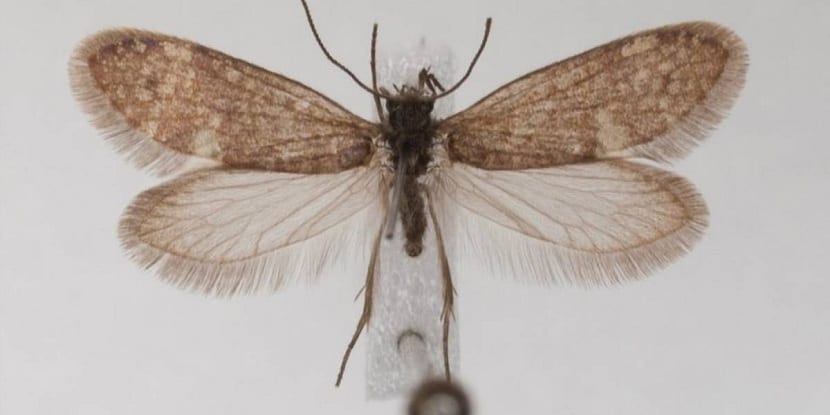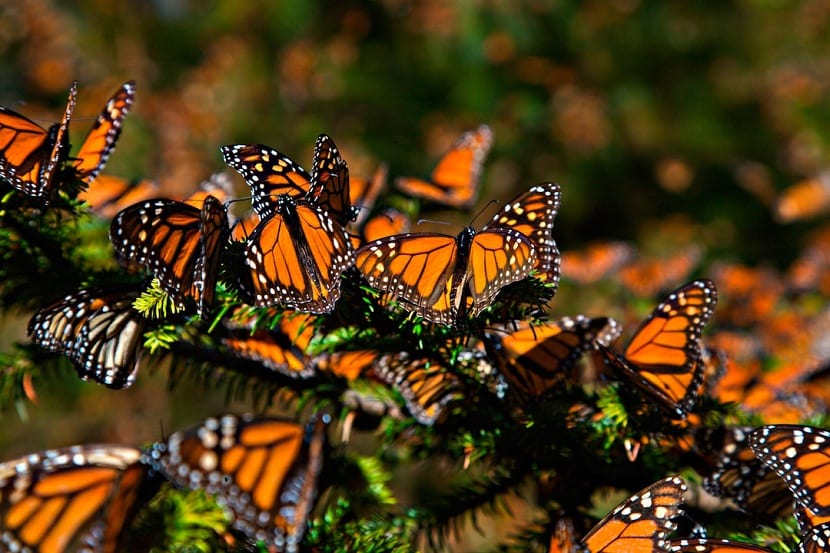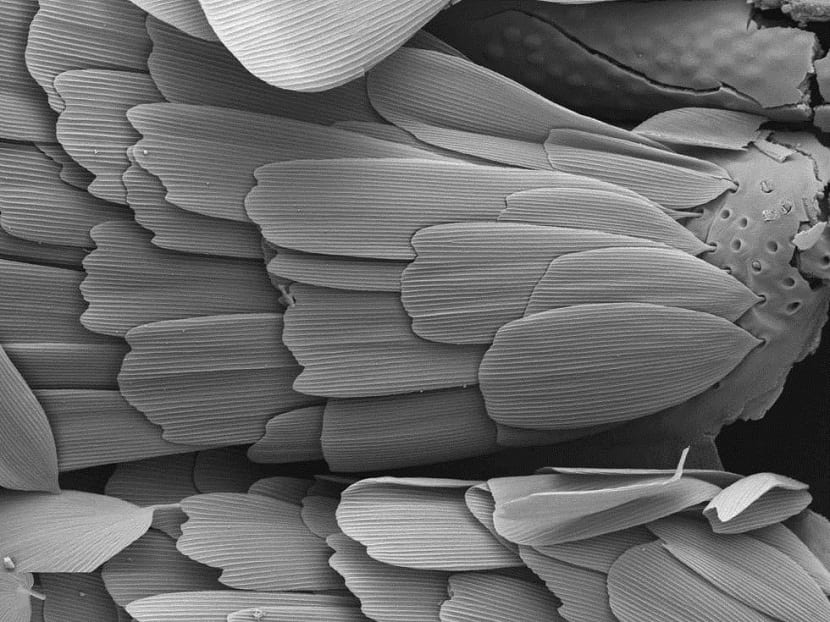
On a planet dominated by dinosaurs, heat, and large animals, butterflies and moths already populated the Earth, even when there were no flowers.
If there were no flowers to feed on and pollinate them, what were the butterflies of that time like?
Investigating butterflies

Butterflies need nectar from flowers to feed. When they go from flower to flower, they also pollinate these flowers and contribute to their reproduction and expansion. However, in the time of the dinosaurs (back in the Jurassic and Cretaceous) There were no flowers, but there were butterflies.
This is one of the conclusions obtained by a research team that has analyzed one of the oldest butterfly fossils that is known to date. It has been obtained from an old rock in Germany.
The discovery of at least seven species in a sample of just ten grams of sediment shows that Lepidopterans have been on the planet for a long time. at least 200 million years.
This group of insects is one of the most valued and studied given its unique metamorphosis characteristic and it has been discovered that its origin dates back 70 million years before what was thought to have existed.
The results of the research have been published in the journal Science Advances. The study also tries to understand the evolution of butterflies and moths in order to guarantee their conservation in the future. When conservation plans are made for a species, information on its past is of vital importance for understanding its evolution and exposure to different environmental variables that have governed past times. Namely, in the Jurassic and Cretaceous, the concentration of carbon dioxide in the atmosphere was higher than normal and the temperatures were higher. In addition, the volcanic activity was much more accentuated than now.
The trunk and its mystery

Scientists have used a type of acid to be able to dissolve ancient rocks and, in this way, they have been able to obtain the small rock fragments where scales of these insects have appeared. The scales are in a perfect state of conservation.
"We found the microscopic remains of these organisms in the form of scales," explained Bas van de Schootbrugge, a researcher at the University of Utrecht in the Netherlands and a co-author of the study.
Some of the found moths and butterflies belong to a group that still exists and is current. This group has a long tongue in trunk shape they use to suck nectar. However, at that time flowers did not yet exist. How is this possible? It does not make sense for butterflies to develop tubes to suck nectar if there are no flowers that contain such nectar.
"Our discovery shows that this group (with a kind of tongue) that was supposed to have coevolved with flowers is actually much older," Schootbrugge noted.
This becomes clear when it is known that in the Jurassic there were large amounts of gymnosperms that, although they do not produce flowers, do produce sugary nectar to capture pollen from the air. For this reason, the butterflies fed on the nectar of some gymnosperms such as conifers before they appeared. the flowers 130 million years ago.
This new evidence indicates that this coiled mouthpart probably served another function before flowering plants evolved.
Utility for conservation
This study provides useful new information for the conservation of butterflies in harsher environments. They also tell us how these insects were able to colonize all continents except Antarctica.
It must be remembered that the lepidoptera survived the mass extinction at the end of the Triassic that wiped out numerous species from the planet. For this reason, it is important to know how butterflies did it to survive these extinctions in the face of how climate change can affect them.